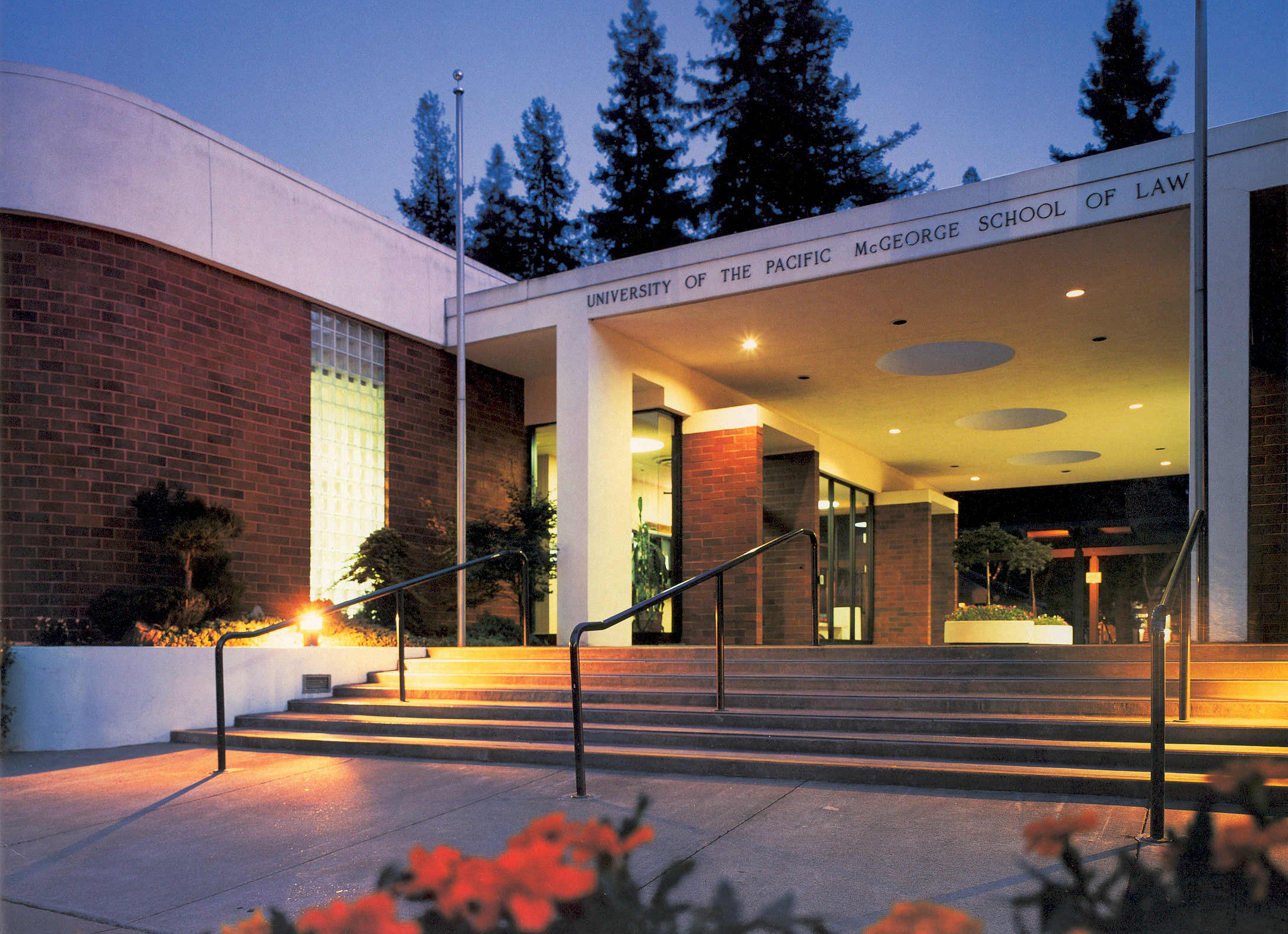-

The Rhetoric of Judging Well: The Conflicted Legacy of Justice Anthony Kennedy
Francis J. Mootz III
This book examines Justice Kennedy’s legacy through the lenses of rhetoric, linguistics, and constitutional law.
In addition to the editors, the contributors to this volume are Ashutosh Bhagwat, Elizabeth C. Britt, Martin Camper, Michael Gagarin, James A. Gardner, Eugene Garver, Leslie Gielow Jacobs, Sean Patrick O’Rourke, Susan E. Provenzano, Clarke Rountree, Leticia M. Saucedo, Darien Shanske, Kathryn Stanchi, and Rebecca E. Zietlow.
-

The Victims' Rights Movement : What It Gets Right, What It Gets Wrong
Michael Vitello
Table of Contents:
Introduction The view from 30,000 feet
A brief history of the victims' rights movement
What the victims' rights movement got right
Victimhood, demagoguery, and mental health
The Warren Court's criminal procedure revolution and its inspiration for the victims' rights movement
Eliminating and extending Statutes of Limitations
Victim impact statements and an assessment of the value of a human life
California's three strikes and you're out legislation, a case study in the VRM's excesses
What should we do if we really want to help victims? -

Encountering the Mysteries of Law and Literature
Michael P. Malloy
This article is based upon a presentation the author delivered at the 2019 Annual Conference on Law, sponsored by the Athens Institute for Education and Research. The year 2019 marked the 125th anniversary of the birth of Dashiell Hammett, author and early contributor to the “hard-boiled” school of realist detective fiction, like his first novel Red Harvest. This novel focused on the corrosive effects of the failure of the rule of law. Encountering the Mysteries of Law and Literature examines the experience of life in a society where the rule of law has been abandoned in favor of greed and brutal self-interest. It looks at this issue from the literary perspective of Red Harvest, and from the legal perspective of cases like Caperton v. A.T. Massey Coal Co., Inc., 556 U.S. 868 (2009), in which the U.S. Supreme Court considered the implications of possible judicial bias – or perhaps even corruption – based upon the timing of a litigant’s large campaign donation to a state supreme court judicial candidate. Among other things, the paper concludes that in the absence of legitimate and impartial law, the default rules of society tend to be more fragile and less predictable in their application and enforcement than fundamental due process requires.
-

“True enough”
Michael T. Colatrella
Of the many contributions that Professor Leonard Riskin introduced in his landmark article Understanding Mediators’ Orientations, none is more profound than the educational value of the original Riskin Grid (the “Grid”) as a mental model to aid in understanding the mediation process. Describing a phenomenon through use of a simple model so that it can be systematically studied is a well-established and valuable scientific method. To be effective, however, good models must be calibrated to an appropriate level of sophistication for the student. The Grid is an effective model to help students new to mediation to conceptualize what mediators do and how they do it. Indeed, Riskin states that clarifying the mediation process is the Grid’s primary purpose. Along these lines, Riskin emphasizes one of the article’s primary aims is “to facilitate discussions and help to clarify arguments by providing a system for categorizing and understanding approaches to mediation.” Although some have criticized the Grid as being too simple, incomplete, and even misleading, it is the Grid’s simplicity that enables Riskin to illuminate the mediation process so brightly. Riskin himself, in a later article, attempted to address the Grid’s so-called weaknesses and limitations by suggesting a more dynamic Grid system (Riskin). The Grid persists magnificently as a fundamental model of understanding of what mediators do. It remains a central feature of mediation education because it is a clear and simple conceptual framework of the mediation process that a mediation novice, whether a law student, an attorney, or a professional interested in mediation from any number of other disciplines, can understand. The Grid endures, in other words, not because it is perfect, but because it is “true enough.”….
-

US-litigated government-funded patents in Europe and Japan: A first look
Teo Firpo and Michael S. Mireles
-

Layperson’s Guide to Water Rights
Water Education Foundation, Tom Hicks, and Jennifer L. Harder
The 28-page Layperson’s Guide to Water Rights Law, recognized as the most thorough explanation of California water rights law available to non-lawyers, traces the authority for water flowing in a stream or reservoir, from a faucet or into an irrigation ditch through the complex web of California water rights.
It includes historical information on the development of water rights law, sections on surface water rights and groundwater rights, a description of the different agencies involve in water rights, and a section on the issues not only shaped by water rights decisions but that are also driving changes in water rights. Includes chronology of landmark cases and legislation and an extensive glossary. Added for 2020 is an extensive section on the Sustainable Groundwater Management Act.
-

Alternatives to city departments
John J. Kirlin, John C. Ries, and Sidney Sonenblum
This chapter explores the alternatives to city departments for providing municipal services. City officials have a strong bias toward service provision via city departments as the arrangement which gives them greatest control over service delivery. Identifying service provision as the rationale of local government easily leads to the presumption that municipal services should be provided by a city's own employees, through "city departments." Provision of any municipal service includes three activities: planning, finance, and production. Elected officials, city managers, and senior municipal administrators appear to be the primary participants in discussions to alter service delivery arrangements. At the level of national policy, some incentives for the development of cooperative intermunicipal arrangements already exist. The prevalent attitude concerning municipal service delivery–among municipal officials, citizens, and academics alike–identifies city departments as the sole, most likely, or preferred provider. Lower expenditures for municipal services should result from greater use of alternatives to city departments.
-

JUSTICE SCALIA: RHETORIC AND THE RULE OF LAW
Francis J. Mootz III and Brian G. Slocum
Justice Antonin Scalia (1936–2016) was the single most important figure in the emergence of the “new originalist” interpretation of the US Constitution, which sought to anchor the court’s interpretation of the Constitution to the ordinary meaning of the words at the time of drafting. For Scalia, the meaning of constitutional provisions and statutes was rigidly fixed by their original meanings with little concern for extratextual considerations. While some lauded his uncompromising principles, others argued that such a rigid view of the Constitution both denies and attempts to limit the discretion of judges in ways that damage and distort our system of law.
In this edited collection, leading scholars from law, political science, philosophy, rhetoric, and linguistics look at the ways Scalia framed and stated his arguments. Focusing on rhetorical strategies rather than the logic or validity of Scalia’s legal arguments, the contributors collectively reveal that Scalia enacted his rigidly conservative vision of the law through his rhetorical framing.
-

Justice Scalia: Rhetoric and the Rule of Law
Brian G. Slocum and Francis J. Mootz
Justice Antonin Scalia (1936–2016) was the single most important figure in the emergence of the “new originalist” interpretation of the US Constitution, which sought to anchor the court’s interpretation of the Constitution to the ordinary meaning of the words at the time of drafting. For Scalia, the meaning of constitutional provisions and statutes was rigidly fixed by their original meanings with little concern for extratextual considerations. While some lauded his uncompromising principles, others argued that such a rigid view of the Constitution both denies and attempts to limit the discretion of judges in ways that damage and distort our system of law.
In this edited collection, leading scholars from law, political science, philosophy, rhetoric, and linguistics look at the ways Scalia framed and stated his arguments. Focusing on rhetorical strategies rather than the logic or validity of Scalia’s legal arguments, the contributors collectively reveal that Scalia enacted his rigidly conservative vision of the law through his rhetorical framing.
-

Party Like It’s 1989: Justice Scalia’s Rhetoric of Certainty
Francis J. Mootz III
Francis J. Mootz, III, Party Like It’s 1989: Justice Scalia’s Rhetoric of Certainty in Justice Scalia: Rhetoric and the Rule of Law (eds., Brian G. Slocum and Francis J. Mootz III, University of Chicago Press 2019).
-

Research handbook on international water law
Stephen C. McCaffrey, Christina Leb, and Riley T. Denoon
The Research Handbook on International Water Law surveys the field of the law of shared freshwater resources. In some 30 chapters, it covers subjects ranging from the general principles operative in the field and international groundwater law to the human right to water and whether international water law is prepared to cope with climate disruption. The authors are internationally recognized experts in the field, most with years of experience.
-

Rethinking Oslo: How Europe can Promote Peace between Israel and Palestine
Omar M. Dajani and Hugh Lovatt
-

The Contribution of Linguistics to Legal Interpretation
Brian G. Slocum
Brian G. Slocum, The Contribution of Linguistics to Legal Interpretation in Justice Scalia: Rhetoric and the Rule of Law (eds., Brian G. Slocum and Francis J. Mootz III, University of Chicago Press 2019).
-

The Law of International Watercourses
Stephen C. McCaffrey
The Law of International Watercourses is an authoritative guide to the rules of international law governing the navigational and non-navigational uses of international rivers, lakes, and groundwater. The continued growth of the world's population places increasing demands on Earth's finite supplies of fresh water. Because two or more States share many of the world's most important drainage basins - including the Danube, the Ganges, the Indus, the Jordan, the Mekong, the Nile, the Rhine and the Tigris-Euphrates - competition for increasingly scarce fresh water resources will only increase. Agreements between the States sharing international watercourses are negotiated, and disputes over shared water are resolved, against the backdrop of the rules of international law governing the use of this precious resource.
The basic legal rules governing the use of shared freshwater for purposes other than navigation are reflected in the 1997 UN Convention on the Law of the Non-Navigational Uses of International Watercourses. This book devotes a chapter to the 1997 Convention but also examines the factual and legal context in which the Convention should be understood, considers the more important rules of the Convention in some depth, and discusses specific issues that could not be addressed in a framework instrument of that kind. The book reviews the major cases and controversies concerning international watercourses as a background against which to consider the basic substantive and procedural rights and obligations of States in the field.
The third edition covers the implications of the 1997 Convention coming into force in August 2014, and the compatibility of the 1997 and 1992 Conventions. This edition also updates the entire book, adds new material to many of the chapters, and adds a number of new case studies, including Pulp Mills on the River Uruguay (Argentina v. Uruguay) and Certain Activities carried out by Nicaragua in the Border Area (Costa Rica v. Nicaragua), amongst others.
-

United States: The Protection of Minority Investors and Compensation of Their Losses
Franklin A. Gevurtz
Franklin A. Gevurtz, United States: The Protection of Minority Investors and Compensation of Their Losses, in Global Securities Litigation and Enforcement at 109 (Pierre-Henri Conac and Martin Gelter, eds., Cambridge 2019).
Scholarship is a core priority for the Pacific McGeorge faculty. Among their scholarly pursuits, Pacific McGeorge faculty develop and present at scholarly symposia and conferences, author books for the legal profession, students, and the general public, and produce scholarship for top journals around the country and the world.
Printing is not supported at the primary Gallery Thumbnail page. Please first navigate to a specific Image before printing.













